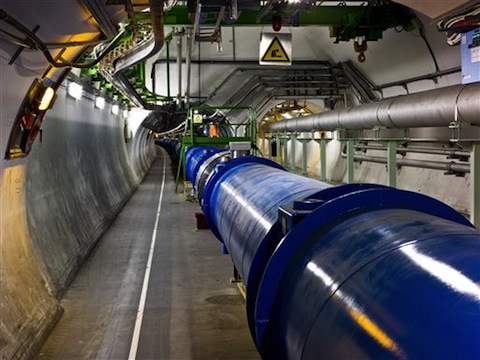This is the LHC: the Large Hadron Collider at CERN in Geneva. I've spent most of this century helping to build and run the grid that's processing the data now pouring out of the high energy physics experiments dotted around its 27km length.

I divide my time between LHCb, GridPP, and Manchester and now DUNE.
LHCb is one of the four LHC experiments at CERN, and starting in 2019 I'm chair of the National Computing Board which brings together national computing infrastructures and LHCb. I was deputy computing co-ordinator for several years, looking after distributed computing, cloud and grid.
In 2018 I joined the DUNE collaboration and starting in 2019 I'm International Technical Lead for Computing, covering much of the same ground as I did for LHCb. But in contrast to LHCb, which is a mature experiment whose computing system evolved with the grid, DUNE is a new experiment due to start taking data with beam in 2026, and many of the computing design decisions are being made now.
In the UK, I'm part of the GridPP collaboration that provides a big chunk of the LHC computing infrastructure, and IRIS which is a common computing infrastructure for STFC science, including astronomy and nuclear physics as well as particle physics.
In Manchester, I help run the Blackett facility, which provides the Tier-2 service to WLCG, and grid and cloud capacity for IRIS. This is one of the largest university-based HEP computing facilities, and Manchester was the first site in the UK and the third in the world to join the EU DataGrid, which evolved into the Worldwide LHC Computing Grid (WLCG).
As part of all four activities, I variously represent LHCb, DUNE, GridPP, or Manchester in WLCG meetings and task forces.